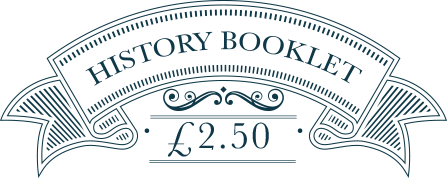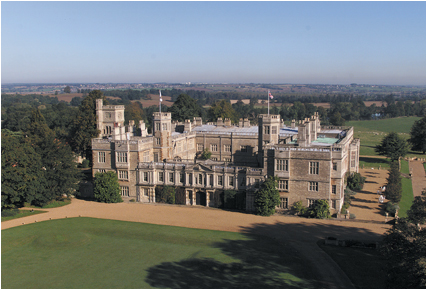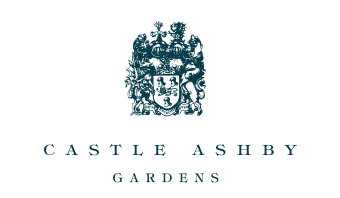
History Booklet
An insight into the fascinating background of this historic estate.

Henry Compton began work on Castle Ashby House in 1574 and building continued into the early 1600’s
The house was originally built as an ‘E’ shape building to celebrate the coronation of Queen Elizabeth I with the steps within the present courtyard forming the central stroke of the ‘E’. In 1624 the front façade was added by Inigo Jones. Around the top of the house the Latin inscription reads:
“Except the lord build the house they labour but in vain that built it; except the lord keep the house the watchman waketh but in vain”
The sunken lawn at the front of the house is described in history books as a bowling green. The avenue dates back to the time of William III (William of Orange) when he visited Castle Ashby in 1695. King William suggested the planting of four great avenues – North, South, East and West and the planting, mainly with Elm trees began within a month, and continued for a further 25 years.

When Capability Brown came to Castle Ashby in 1761, he removed the avenues to the North and West and broke up the avenue to the East with clumps of trees. The remaining ‘Grande Avenue’ to the South stretches for three and a half miles over the main Northampton/Bedford Road and into the Deer park beyond. Nowadays this Avenue is planted with a mixture of Oak, Walnut and Lime Trees.
Castle Ashby House has recently been passed to Earl Compton, the son of the 7th Marquess, to continue the family tradition of managing the Castle Ashby Estate. The Gardens are continually undergoing change and restoration and are open daily for all to enjoy.
